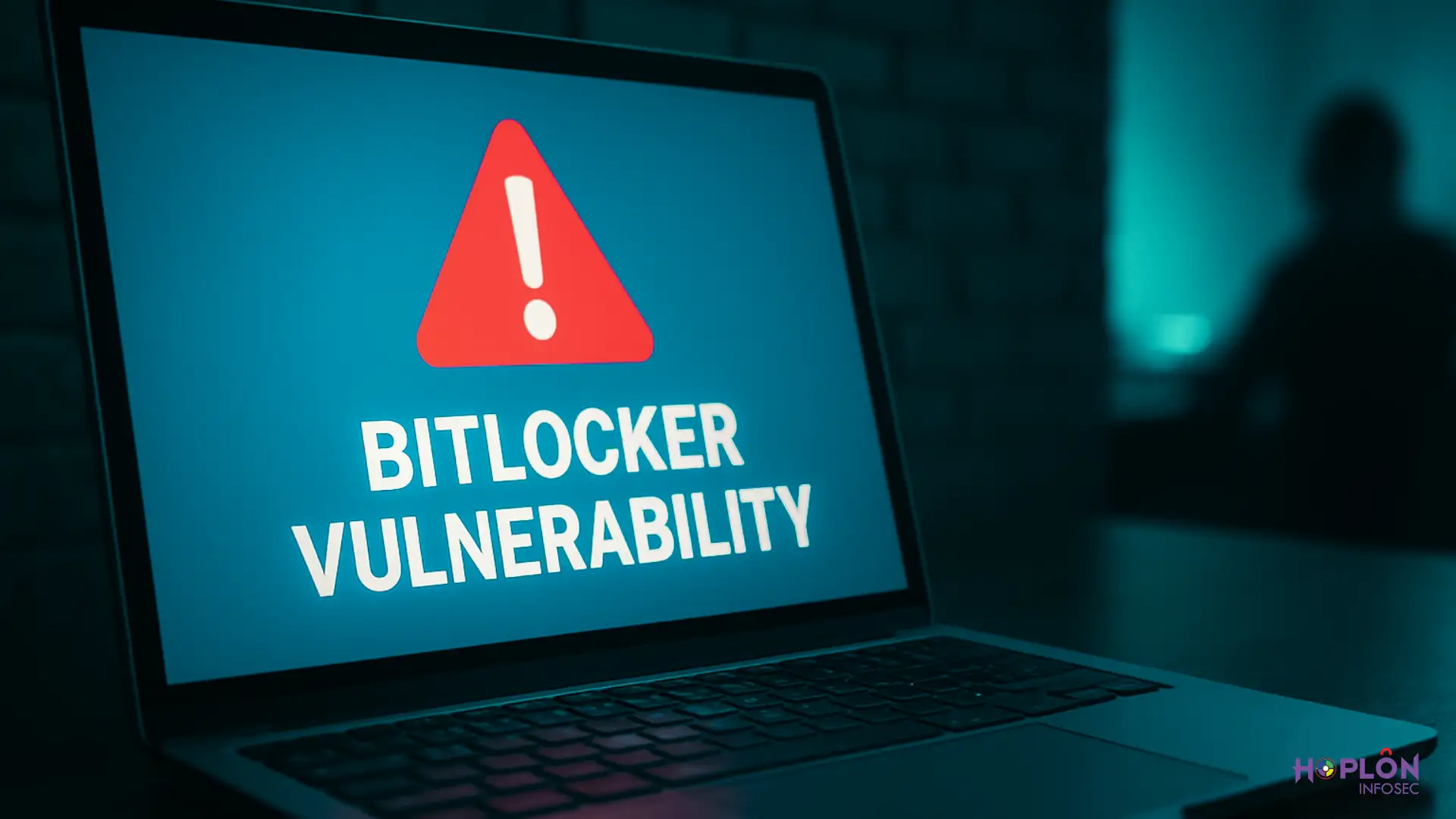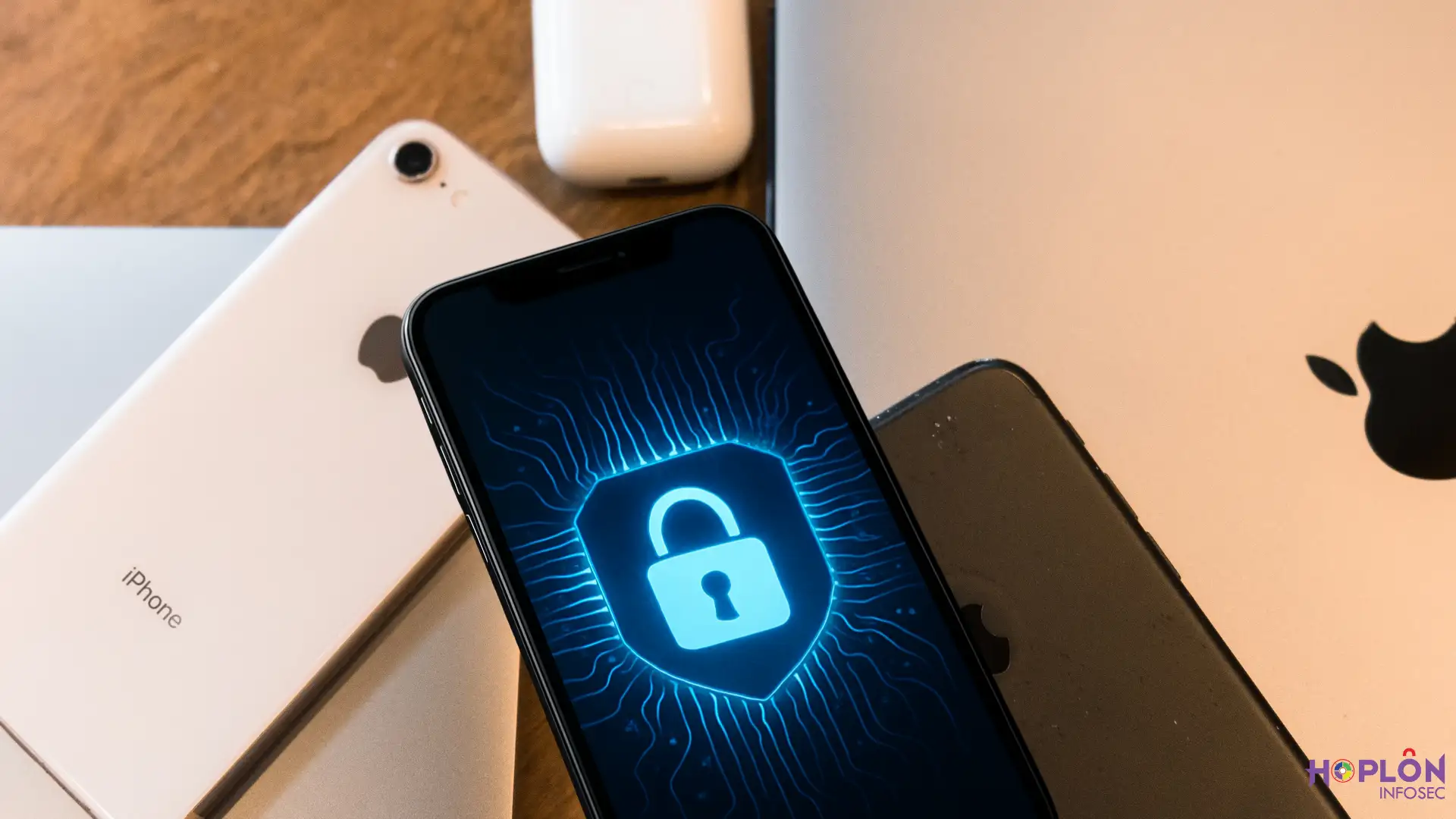In an era where digital threats are increasingly sophisticated, non-profit organizations (NPOs) find themselves at a crossroads. While their missions aim to serve communities and drive positive change, their limited resources and often outdated technological infrastructures make them prime targets for cyberattacks. This article delves into the cybersecurity challenges faced by NPOs, real-world case studies, and actionable strategies to bolster their digital defenses.
Understanding the Cyber Security for Non-Profit Organizations
Non-profit organizations (NPOs) manage a broad range of sensitive information, including donor records, financial transactions, volunteer databases, healthcare details, and even refugee or minority group data in some cases. This rich pool of personally identifiable information (PII) and confidential data makes them attractive targets for cybercriminals who see them as “low-risk, high-reward” victims.
What increases the risk is not just the value of the data, but the general lack of preparedness in the sector. Many non-profits operate with constrained budgets and limited technical expertise, often prioritizing mission-driven work over cybersecurity investments. As a result, they tend to rely on outdated systems, lack regular software updates, and have minimal access control or backup plans. These conditions create an environment ripe for phishing attacks, ransomware infections, and data breaches.
According to Eide Bailly, 68% of non-profits still do not have formal cybersecurity policies or incident response procedures in place. This means that when attacks occur, they often lack the roadmap or trained personnel to act quickly, increasing recovery time and impact.
In addition to external threats, NPOs face risks from internal vulnerabilities such as unsecured Wi-Fi networks, shared login credentials, and the absence of employee training in basic cybersecurity hygiene. Moreover, many NPOs are unaware of their exposure because they do not conduct regular security assessments or penetration testing.
The nonprofit sector’s rising use of digital platforms ranging from online fundraising tools to donor management systems adds to the attack surface. A compromised third-party tool or weak integration can easily become the entry point for a major breach.
Ultimately, cybercriminals know that nonprofits are less likely to have the resources to fight back. This encourages attackers to exploit their weaknesses not only for financial theft but also to gain access to broader networks, conduct espionage, or destabilize social services during times of crisis.
To stay secure, NPOs must begin by acknowledging that they are indeed targets, not exceptions, in the modern cyber threat landscape. Investing in risk assessments, staff awareness, and affordable security tools should become part of every nonprofit’s operational strategy.
Case Studies: How Cyberattacks Affected Non-Profit Organization
1. Freecycle Data Breach (2023)
In 2023, Freecycle, a well-known US-based non-profit focused on reuse and recycling, suffered a substantial data breach. Hackers gained access to usernames, user IDs, email addresses, and encrypted passwords of over 7 million users. Although the organization urged users to change their passwords, the damage was done. The breach not only compromised private user data but also damaged Freecycle’s credibility. It revealed a lack of proactive cybersecurity measures, such as early threat detection or robust password protocols, which many similar organizations often overlook due to budget or staffing limitations.
2. Maternal & Family Health Services Ransomware Attack (2023)
Also in 2023, Maternal & Family Health Services (MFHS), a non-profit providing critical healthcare services to women and families in the U.S., fell victim to a ransomware attack. The attackers accessed and likely exfiltrated sensitive health and financial information, causing disruptions to patient services. Beyond operational setbacks, this incident exposed the harsh reality that even organizations in vital sectors like health and human services are not immune. It emphasized the growing need for non-profits to adopt a security-first mindset, particularly when handling confidential medical records.
These case studies underline a broader trend: Non-profits are increasingly being exploited by cybercriminals, not because of the value of their financial assets, but due to the high sensitivity and volume of data they hold.
The Financial Toll of Cyberattacks
While operational disruption is an immediate concern during a cyberattack, the long-term financial burden often proves more damaging. Many non-profits falsely assume that they are too small or insignificant to be targeted. However, attackers view these organizations as easy entry points poorly protected, underfunded, and often overlooked by cybersecurity vendors.
According to a 2025 BDO report, the average ransomware demand has increased by nearly $1 million compared to the previous year. Even more concerning is that many organizations that paid the ransom still failed to recover all their data. This highlights how paying off attackers is not a guaranteed solution—often it’s only the beginning of deeper technical and financial challenges.
Moreover, the financial impact extends far beyond ransom payments. Non-profits face costs related to incident response, legal consulting, regulatory fines, IT restoration, and public relations damage control. Donor trust—an essential pillar for NPO sustainability also suffers significantly. Once a donor feels their information is at risk, future contributions may decline sharply.
Insights from the nonprofit sector, including data from organizations such as the International Committee of the Red Cross, show that NGOs are dealing with increasing costs to meet even basic cybersecurity standards. The sector is pressured to balance its humanitarian goals with the need to protect digital infrastructure. Smaller organizations, in particular, struggle to afford threat detection systems, endpoint protection, and cybersecurity training for staff.
Additionally, many NGOs do not have cyber insurance or fail to meet the prerequisites for obtaining coverage, which leaves them financially exposed. The growing prevalence of attacks and rising insurance premiums make it harder for non-profits to get affordable protection.
In essence, the financial toll of a single cyberattack can be catastrophic, especially for non-profits operating on tight budgets. What’s at stake is not only money but also the very ability to fulfill their mission.
Initiatives and Resources for Non-Profits
Common Good Cyber Mapping Database
Launched by Common Good Cyber, this database features 334 public interest-driven security tools and services. Organized into six categories Govern, Identify, Protect, Detect, Respond, and Recover it serves as a valuable resource for NPOs seeking to enhance their cybersecurity posture.
Cloudflare’s Project Galileo
Project Galileo provides free, robust security to over 2,900 vulnerable internet properties, including humanitarian organizations and civil society groups. Between May 2023 and March 2024, Cloudflare blocked approximately 31.93 billion cyber threats against organizations protected under the project, averaging nearly 95.89 million attacks per day.
CyberPeace Institute’s CyberPeace Tracer
The CyberPeace Tracer offers data-driven insights into cyber threats targeting NGOs and non-profits worldwide. Analyzing cyberattacks, vulnerabilities, and disinformation campaigns helps organizations understand and mitigate risks.
Steps A Non-Profit Organization Should Take for Cyber Security:
- Develop a Cybersecurity Plan: Establish clear policies and procedures for data protection, incident response, and employee training.
- Implement Multi-Factor Authentication (MFA): Enhance login security by requiring multiple forms of verification.
- Regularly Update Software: Ensure all systems and applications are up-to-date to patch known vulnerabilities.
- Conduct Employee Training: Educate staff about common cyber threats and safe online practices.
- Backup Data: Maintain regular backups of critical data to facilitate recovery in case of an attack.
- Engage with Cybersecurity Initiatives: Leverage resources like the Common Good Cyber Mapping Database, Project Galileo, and CyberPeace Tracer to strengthen defenses.
- Take help from industry expert & trusted associates for proper guidence or consultancy. Contact with us or book a schedule by clicking here.
Final Thoughts
Cybersecurity is no longer optional for non-profit organizations. With the increasing sophistication of cyber threats, NPOs must proactively seek solutions to protect their data, operations, and stakeholders. By understanding the risks, learning from real-world incidents, and utilizing available resources, non-profits can build resilient cybersecurity frameworks that safeguard their missions and the communities they serve.
Resources:
Infosecurity Magazine
MSSP Alert
Biztech Magazine
Cloudfare Blog




